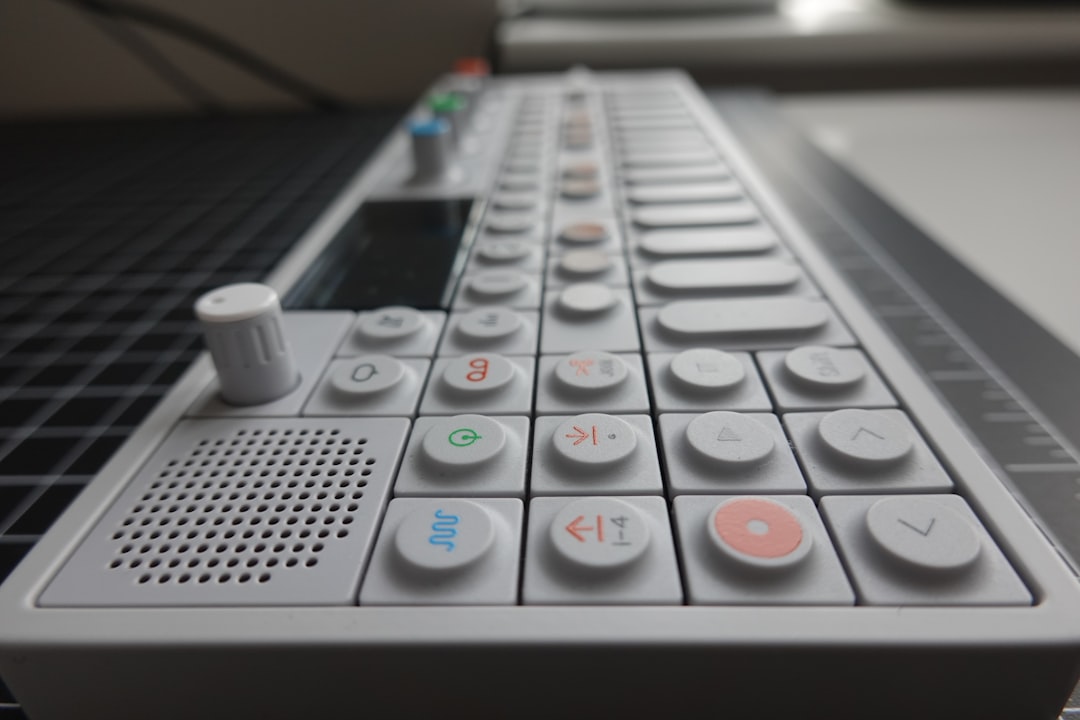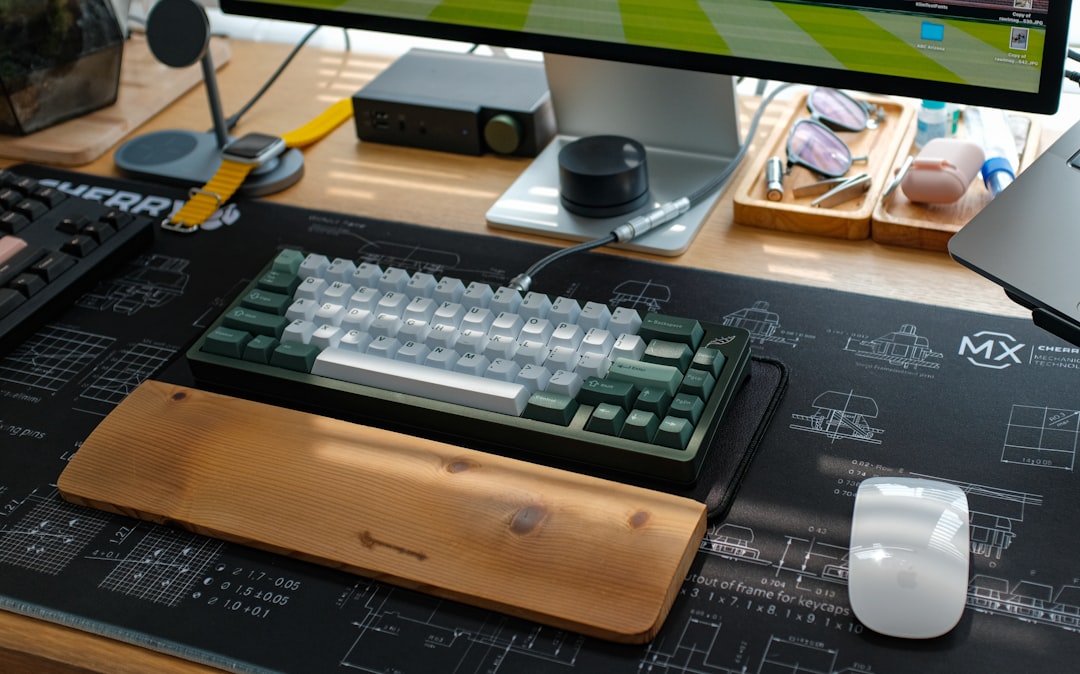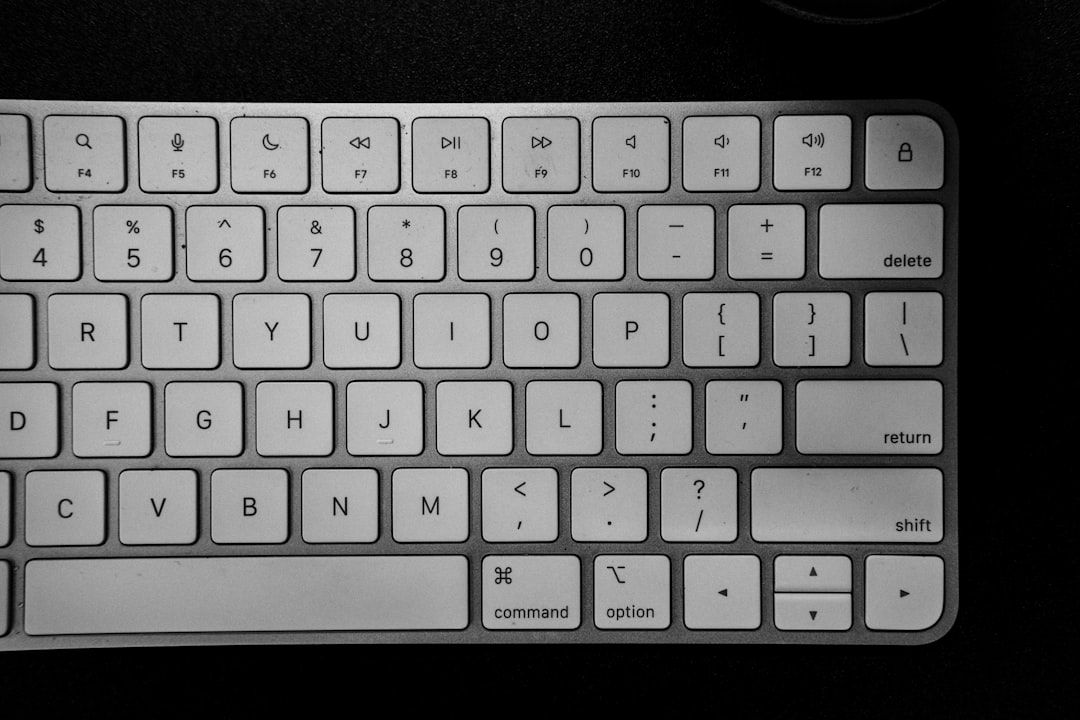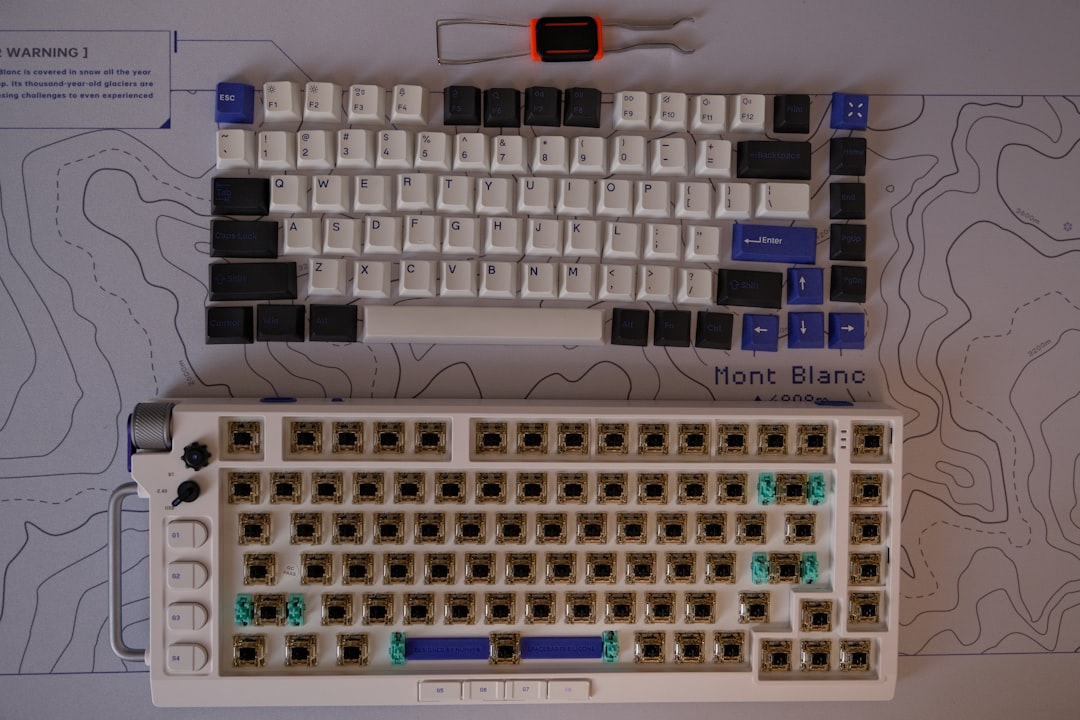
When choosing a keyboard, understanding its construction and characteristics can significantly impact both productivity and comfort. Two of the most common types of keyboards are mechanical and membrane. Each has its own unique features, benefits, and drawbacks. Whether you’re a gamer, programmer, writer, or general computer user, gaining a comprehensive understanding of how these keyboards operate and differ from one another can help you make an informed decision.
What is a Mechanical Keyboard?
A mechanical keyboard operates using individual mechanical switches beneath each key. These switches consist of several moving parts: a hard plastic “stem,” a spring, and two metal contacts. When a key is pressed, the stem pushes the contacts together to close the circuit and register a keystroke. This mechanism is what gives mechanical keyboards their signature tactile feedback and audible click, depending on the switch type.
- Durability: Mechanical keyboards are built to withstand tens of millions of keystrokes, often surpassing 50 million presses, making them highly durable for long-term use.
- Customizability: Users can often change switches, keycaps, and even the case and positioning to customize the typing experience.
- Tactile Response: Each mechanical switch type—such as tactile, linear, or clicky—provides a distinct feedback profile, optimized for typing, gaming, or both.
- Key Rollover and Anti-Ghosting: Most mechanical keyboards offer full n-key rollover and anti-ghosting features, which means simultaneous keystrokes are registered correctly and accurately.
Mechanical keyboards cater particularly well to those who spend long hours typing or gaming, where response time, feedback, and reliability are of utmost importance.

What is a Membrane Keyboard?
A membrane keyboard uses a different mechanism that involves three main layers: a top membrane layer with printed circuitry, a separator middle layer, and a bottom membrane layer. Pressing a key pushes the top layer through the separator so that it contacts the bottom layer, completing the circuit to register a keypress.
- Affordability: Membrane keyboards are generally more cost-effective to produce and purchase, making them common in homes, offices, and budget setups.
- Quiet Operation: The soft, cushioned keypresses produce minimal noise, which can be ideal in shared environments such as offices and libraries.
- Lightweight and Compact Design: These keyboards tend to be lighter and thinner, contributing to better portability and an uncluttered workspace.
- Limited Tactility: Membrane keyboards provide less tactile feedback, and the keys typically require a full press to register, which can be tiring for extended typing sessions.
Membrane keyboards are suitable for users who require simple, silent, and low-cost input devices without specialized needs such as rapid gaming response or personalized ergonomics.

Comparison of Key Characteristics
To better understand the distinction between mechanical and membrane keyboards, it helps to compare them side-by-side across several important characteristics:
| Feature | Mechanical Keyboard | Membrane Keyboard |
|---|---|---|
| Typing Feel | Tactile, responsive, sometimes clicky | Softer, quieter, less tactile |
| Durability | Excellent – 50M+ keystrokes | Moderate – 5 to 10M keystrokes |
| Customization | High – replaceable switches and keycaps | Low – few customization options |
| Noise Level | Moderate to loud, depending on switches | Quiet |
| Cost | Higher, starting from mid-range | Lower, budget-friendly |
| Gaming Performance | Excellent, especially with anti-ghosting | Limited in high responsiveness |
Which Keyboard is Better for Your Needs?
Ultimately, the choice between mechanical and membrane keyboards boils down to individual preference and use case.
Choose a Mechanical Keyboard If:
- You type a lot or spend hours on the keyboard daily.
- You need high precision input for programming or competitive gaming.
- You value tactile feedback and audible key clicks.
- You enjoy customizing your peripherals and want a keyboard that can evolve with your workflow or style.
Choose a Membrane Keyboard If:
- You are on a tight budget and need a functional, no-frills keyboard.
- You require a quiet typing experience in shared or professional settings.
- You value portability and prefer lightweight devices.
- You use the keyboard casually for general tasks like browsing or occasional document editing.
One isn’t inherently superior to the other—rather, each serves its own set of priorities. A high-end membrane keyboard might satisfy all of a casual user’s requirements, while a budget mechanical keyboard could provide a superior typing experience for enthusiasts.
Switch Types in Mechanical Keyboards
Mechanical keyboards come with different switch types, each characterized by its feel, sound, and actuation force.
- Linear Switches: Smooth keystrokes with no tactile bump or audible click. Ideal for gaming due to fast response times.
- Tactile Switches: Provide a noticeable bump at the actuation point. Perfect for typists who want feedback without the loud click.
- Clicky Switches: Generate both a tactile bump and an audible click. Preferred by users who enjoy traditional typewriter-like feedback.
Popular switch models include Cherry MX Red (linear), Brown (tactile), and Blue (clicky), all of which offer different experiences tailored to user preferences.

Mainstream and Niche Usage Scenarios
In environments like corporate offices or classrooms, membrane keyboards are often preferred for their quiet operation and low cost. In contrast, tech enthusiasts, programmers, and professional gamers tend to gravitate toward mechanical keyboards for their precision and durability.
Customization communities have also formed around mechanical keyboards, offering enthusiasts opportunities to design aesthetically pleasing and ergonomic input devices—including split keyboards, ortholinear layouts, and artisan keycaps.
Final Thoughts
Whether you’re looking for a simple, functional tool or a high-performance investment, understanding the characteristics of mechanical and membrane keyboards is vital before making a purchase. Consider how you use your keyboard daily—how much you type, how much customizability you require, and how noise level might affect others around you.
By evaluating these factors, you can confidently choose a keyboard that not only enhances your computing experience but also aligns with your specific needs and budget. Ultimately, the best keyboard is the one that feels right in your hands and supports your productivity without compromise.






